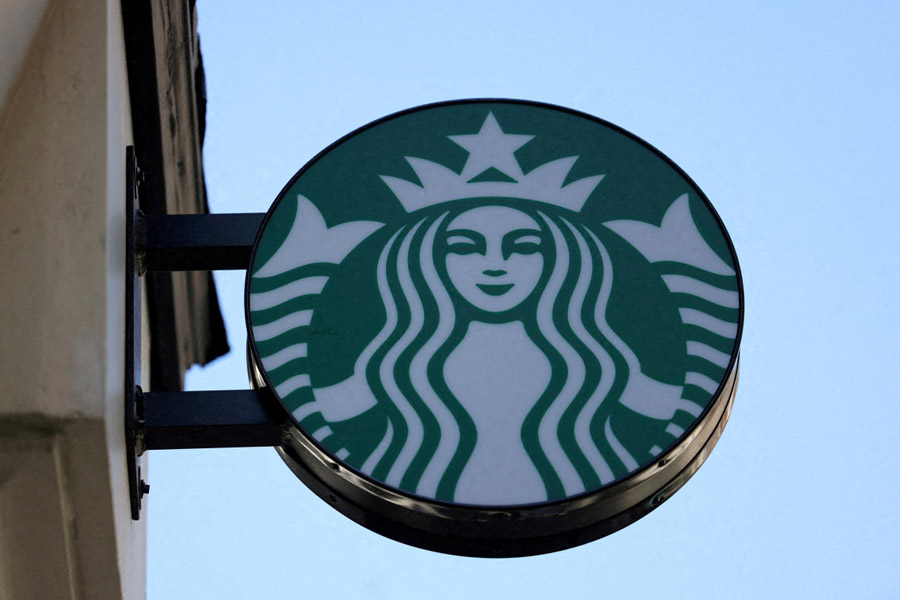As the results rolled in on Tuesday night, so did a strong sense of déjà vu. Pre-election polls, it appeared, had been misleading once again.
While the nation awaits final results from Pennsylvania, Arizona and other key states, it is already clear — no matter who ends up winning — that the industry failed to fully account for the missteps that led it to underestimate Donald J. Trump’s support four years ago. And it raises the question of whether the polling industry, which has become a national fixation in an era of data journalism and statistical forecasting, can survive yet another crisis of confidence.
“I want to see all the results in, I want to see where those deviations are from pre-election polls and final margins,” Christopher Borick, the director of polling at Muhlenberg College in Pennsylvania, said in an interview. “But there’s ample evidence that there were major issues again. Just how deep they are, we’ll see.”
In some states where polls had projected President Trump losing narrowly — like Ohio, Iowa and Florida — he had already been declared the winner by a comfortable margin by late Tuesday evening. And in states that had seemed more than likely to go for Joseph R. Biden, like Michigan and Nevada, the result was too close to call last night.
To some degree, it was clear this process would be unwieldy. With large numbers of mail-in ballots and early in-person votes still uncounted, the earliest returns in most states gave an inflated sense of Trump’s strength, since voters in Republican areas turned out in higher numbers on Election Day — and those ballots were often the first to be tabulated.
It is also possible, said Patrick Murray, the polling director at Monmouth University, that Republicans’ efforts to prevent certain populations from voting easily had a sizeable impact — a factor that pollsters knew would be immeasurable in their surveys.
“We need to know how many votes were rejected,” he said. “I won’t know, until somebody actually gives me some data, what happened.
And it’s possible that we will never know.”
He added, “We will never know how many ballots were not delivered by the post office.”
But what is now clear based on the ballots that have been counted (and in almost all states, a majority have been) is that there was an overestimation of Biden’s support across the board — particularly with white voters and with men, preliminary exit polls indicate.
While polling had presaged a swing away from Trump among white voters 65 and over, that never fully took shape.
Partly as a result, Biden underperformed not only in polyglot states like Florida but also in heavily white, suburban areas like Macomb county, Michigan, where he had been widely expected to do well.
Dr Borick pointed out that while state-level polls had widely misfired in 2016, they held steady in the 2018 midterms. This led him to conclude that people’s views on Trump may be particularly difficult to measure.
“In the end, like so many Trump-related things, there may be different rules when polling an election with him on the ballot,” Dr Borick said. “I’m a quantifiable type of human being; I want to see evidence. And I only have two elections with Donald Trump in them — but both seem to be behaving in ways that others don’t behave.”
Analysing pre-election polls alongside exit polls is like comparing apples to apples — if one batch is rotten, the other probably is, too. But the exit polls can still provide a few clues as to what pre-election polls might have missed.
At the top of that list is Trump’s strength among college-educated white voters, particularly men.
New York Times News Service










